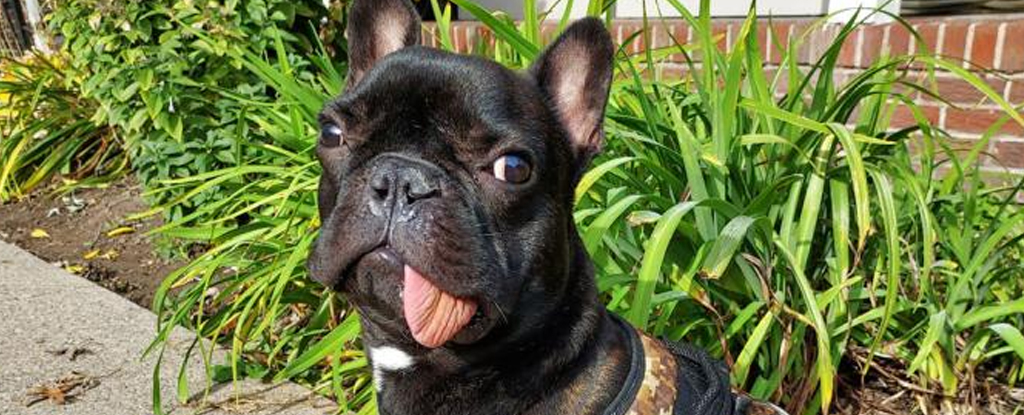On discovering a cancerous tumor threatening the life of a 3-month-old French bulldog, vets at Cornell University in the US had no choice but to remove most of the puppy’s left lower jaw.
But when the young patient, named Tyson, returned 8 weeks after surgery, repeated bone scans astonishingly revealed his left jaw had almost completely regrown.
“His case now demonstrates the possibility of complete bone regeneration when working with a patient this young,” explains oral surgery resident veterinarian Alexandra Wright.
Usually such a radical procedure as partial jaw removal can lead to ongoing side effects from the now destabilized bone structure. These include chronic pain, eventual movement of the rest of the jaw leading to teeth misalignment, and future damage. Reconstructive surgery may be required to prevent this.
Missing teeth, not every aspect of the jaw’s anatomy reappeared, yet enough of Tyson’s mandible spontaneously regrew to provide the puppy with a functional jaw. The regrowth is even the same length as his old jaw, providing the necessary scaffolding to keep his jaw and remaining teeth in good alignment.
“Early detection of the oral tumor likely played an important role in achieving long term remission surgery,” the veterinarians write in their paper.
Growing near his left lower molars, the tumor was fortuntely yet to invade the nearby periosteum – a membrane of nerves and blood vessels that hug our bones.
“This was likely imperative to the regeneration of new bone,” suspects Wright, as the membrane can also contain stem cells.
Cases like this have previously been observed in some human children, but this is the first instance reported in dogs.
“Based on the spontaneous mandibular regeneration observed in this case, surgeons can consider monitoring for total or partial reformation of bone following mandibulectomy in skeletally immature dogs prior to pursuing reconstructive surgery,” the researchers recommend.
“More has to be done to understand the likelihood of this occurring in other dogs and if a specific age range makes a difference, but this case documents a very positive surgical outcome in a life-threatening situation,” Wright elaborates.
While his owners still avoid giving him hard food, Tyson now enjoys eating and drinking without any trouble.
The lucky pup’s experience is a fascinating example of just how much more powerful mammalian healing abilities can be when we’re still young and spritely.
This case report was published in Frontiers in Veterinary Science.





